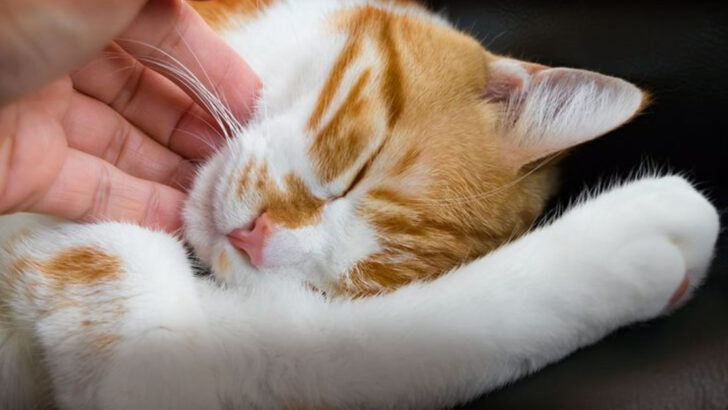Cats are tiny masterminds—and you’re their favorite experiment.
Ever noticed how your cat ramps up a certain behavior the moment you react? One cute meow becomes ten. A gentle paw tap turns into a full-blown face boop. That’s not coincidence. That’s strategy.
These fuzzy enigmas have cracked the code: humans are extremely trainable.
And when we respond—be it with a laugh, a snack, or a “What are you doing?!”—our cats log that reaction and double down. What starts as a quirk can turn into a full-blown routine if you’re not careful (or if you’re totally into it).
This post spills the secrets on 16 cat behaviors that grow stronger the more you respond. You’ll laugh, maybe cringe a little, and suddenly realize… your cat might be running the whole show.
Purring
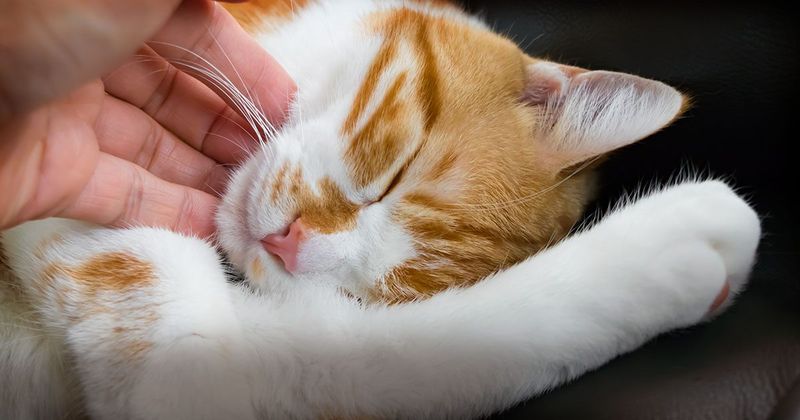
Have you ever noticed how a cat’s purring amplifies when you pet them? Cats purr for various reasons, but one prominent cause is contentment. The more you stroke their fur, the louder and more rhythmic their purring becomes.
This soothing sound isn’t just pleasant to hear; it’s also beneficial for both cats and humans, creating a bond that enhances relaxation. Interestingly, some studies suggest that the frequency of a cat’s purr can promote healing in bones and tissues.
Thus, responding to your cat’s purring can be a delightful and health-boosting experience for both of you.
Kneading
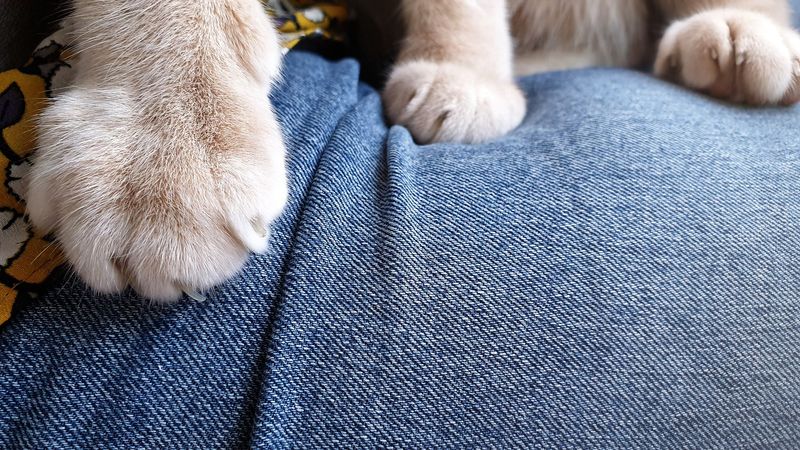
Ever watched a cat rhythmically press its paws into a soft surface? This behavior, known as kneading, often harks back to kittenhood when they’d massage their mother’s belly to stimulate milk flow.
As adults, cats continue this comforting action on soft surfaces, driven by contentment and security.
When you respond with gentle words or petting, it reinforces their sense of safety and belonging, making the kneading more pronounced. It’s a nostalgic gesture, reflecting innocence and trust, and a reminder that your feline friend sees you as part of their family.
Head Bumping
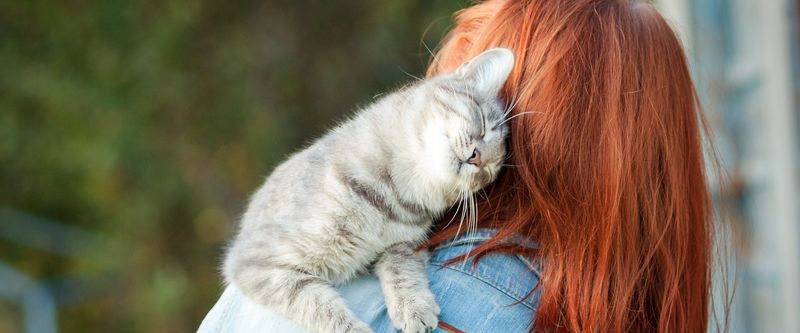
The affectionate gesture of head bumping, or “bunting,” serves as a feline greeting and a way to mark you with their scent. Cats have scent glands on their heads, and this behavior signifies trust and camaraderie.
When you respond by returning the affection, your cat feels acknowledged and loved, reinforcing the bond.
This mutual exchange not only strengthens your relationship but also increases the frequency of this charming behavior.
A cat’s head bump is more than a mere nuzzle; it’s a declaration of companionship and belonging.
Meowing
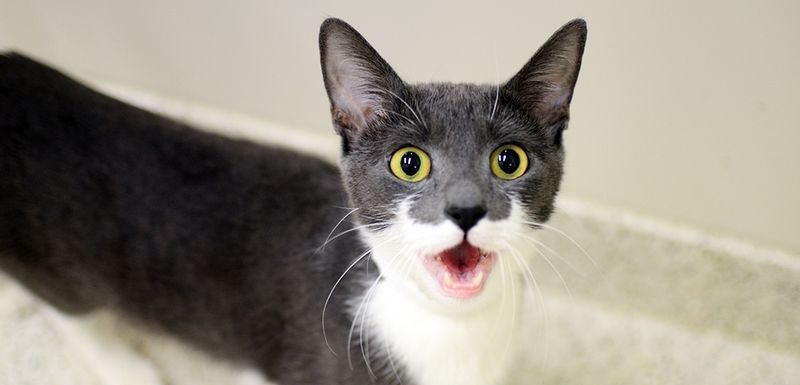
Cats meow primarily to communicate with humans. Each meow’s tone and length can convey different needs, from hunger to a desire for attention.
When you respond to your cat’s meows, it encourages them to vocalize more frequently, knowing their messages are being understood.
This dialogue creates a special rapport, where owners learn to decipher their cat’s “language,” leading to a richer relationship.
In essence, meowing becomes a dynamic conversation, with each response from you contributing to a more vocal and interactive pet.
Tail Twitching

A cat’s tail is a barometer of its emotions. When a cat’s tail twitches, it indicates curiosity or excitement. Observing the world outside, a twitching tail often means your cat is engaged and stimulated.
Responding by engaging with your cat, perhaps through play or verbal interaction, can amplify this behavior, as they enjoy the acknowledgement.
By understanding this subtle yet telling gesture, you can foster a deeper connection with your feline, enhancing both your understanding and their expression of feelings.
Bringing Gifts
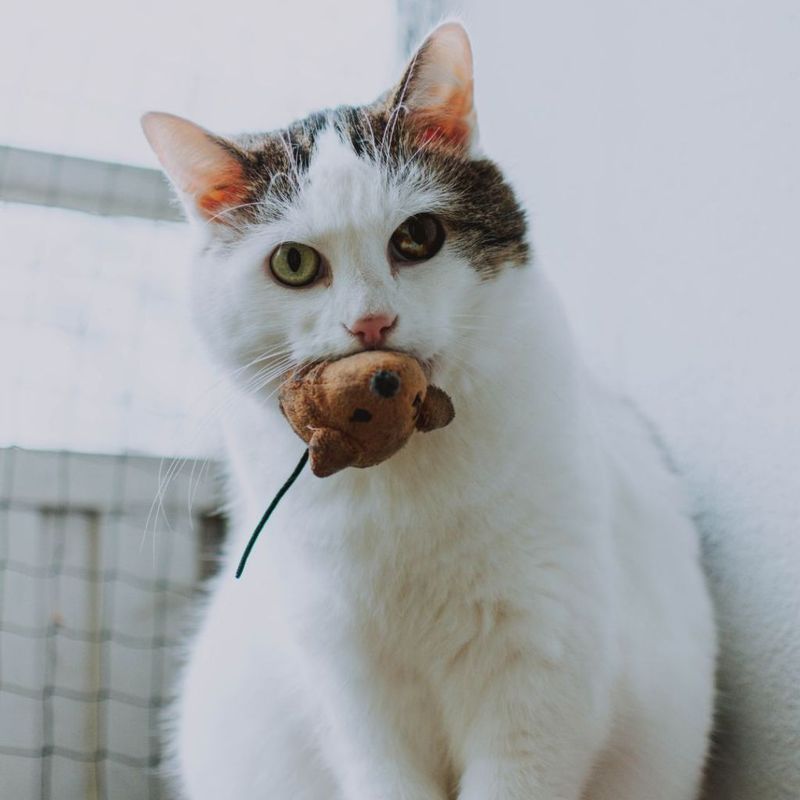
Cats are natural hunters, and bringing gifts is a testament to their instincts. Whether it’s a real catch or a toy, this behavior signifies affection and a desire to share their success with you.
Acknowledging their gift positively reinforces this behavior, making them more inclined to continue presenting you with their “treasures.”
It’s a gesture rooted in care and companionship, suggesting a deep bond. Accepting their offerings fosters trust and appreciation, making your cat feel valued.
Following You
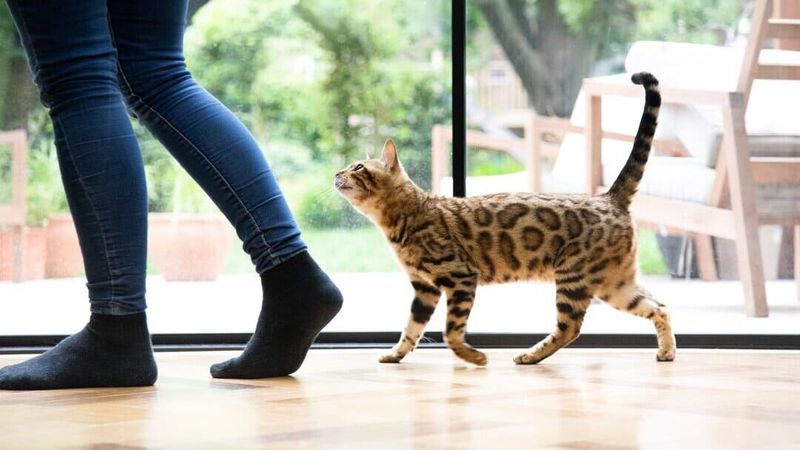
Does your cat follow you from room to room? This behavior stems from a desire for companionship and curiosity about your activities. Cats are social creatures, and your presence provides comfort and security.
The more you acknowledge their presence, the more they’ll want to be near you.
This behavior highlights the mutual bond, showing that your cat sees you as part of their family group.
By engaging with them during these times, you enhance the feeling of togetherness and belonging.
Chattering
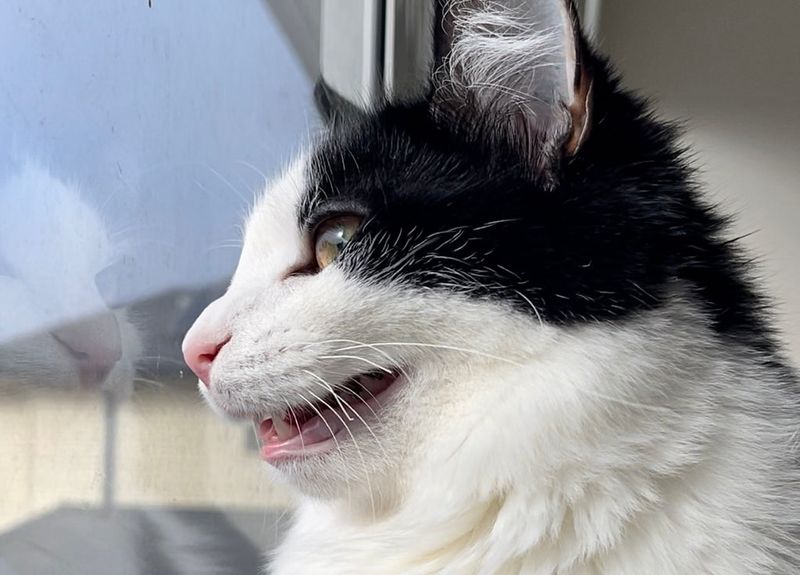
Chattering is a fascinating behavior often seen when cats spot prey, like birds or squirrels, outside. This rapid jaw movement, accompanied by unique vocalizations, reflects excitement and anticipation.
Responding with interest or participating in this moment lets your feline know you’re engaged in their world.
While their instinctual drive is at play, your involvement strengthens the bond, providing enrichment and understanding of their predatory nature.
Chattering is more than just a quirky action; it’s a glimpse into your cat’s wild instincts.
Licking
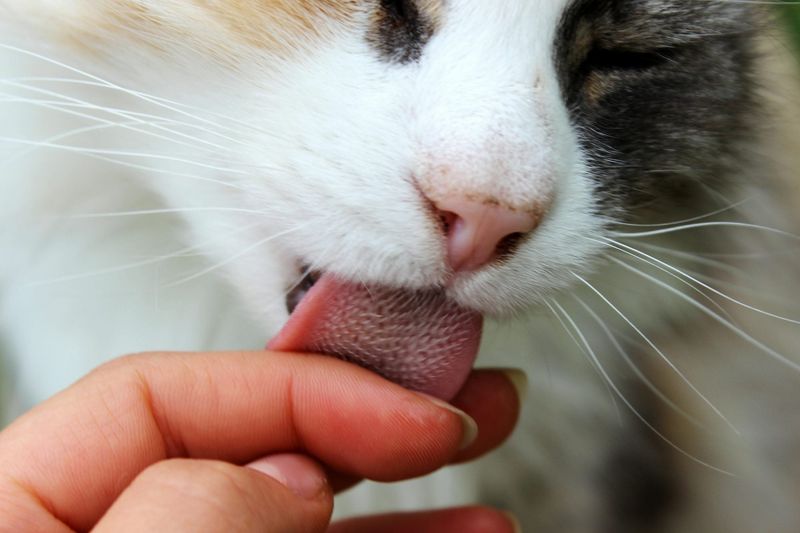
Cats often lick humans as a form of grooming, a behavior rooted in their social interactions with other cats. This action signifies love and acceptance, a way of including you in their “family.”
Responding with affection or reciprocating in some way can enhance this bond, encouraging more of this endearing behavior.
It’s a gesture of trust and closeness, where your cat expresses comfort and security in your presence.
By acknowledging their gentle grooming, you affirm the connection shared.
Sleeping on You
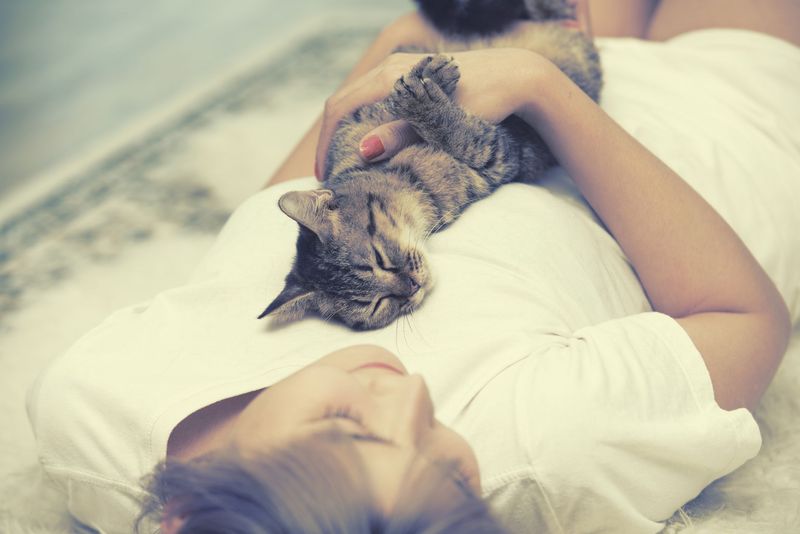
When a cat chooses to sleep on you, it signifies trust and affection. Cats seek warmth and safety, and your presence offers both.
Responding by remaining still and offering a gentle pet can make this behavior more frequent.
This simple act of resting together strengthens the bond, creating a shared sense of peace and companionship.
It’s a profound compliment when your feline friend decides to nap on you, a testament to the trust and comfort they feel in your presence.
Playfulness
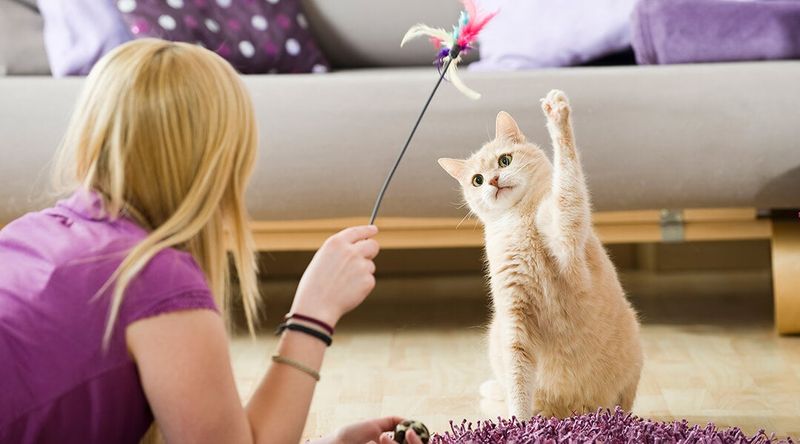
Cats are naturally playful, and engaging with them through toys or games can enhance this behavior. Play stimulates their instincts, providing mental and physical exercise.
Responding to their playful cues encourages more active participation, making your cat more lively and engaged.
This interaction not only strengthens your bond but also keeps your cat healthy and content.
Through varied play, you tap into their natural curiosity and energy, creating joyful shared experiences.
Nose Licking

Nose licking is a tender gesture often seen between bonded animals, a sign of affection and acceptance. When a cat licks your nose, it’s an intimate act that says, “You are loved.”
Responding with a soft hug or whispering sweet words can reinforce this behavior, encouraging more frequent displays of affection.
This charming act fosters closeness and highlights the special bond shared, making both parties feel cherished.
It’s a delightful reminder of the unique connection between you and your feline friend.
Gentle Biting
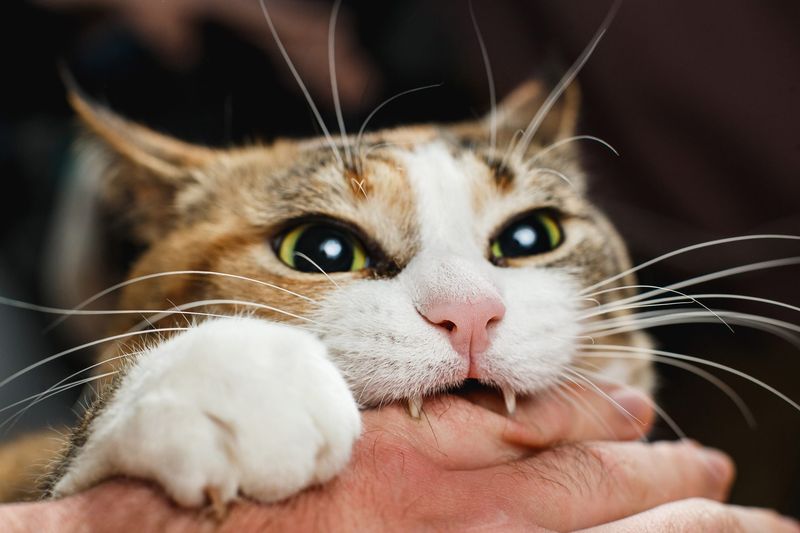
Gentle biting is often a form of play or affection, a behavior cats exhibit with those they trust. This mild nip, unlike aggressive biting, is a playful gesture.
When you respond with laughter or a gentle pat, it encourages more of this interaction, enhancing the playful bond.
It’s an expression of their lively spirit and a way to engage with you in a fun manner.
This charming quirk adds a layer of playful connection between you and your cat, making each moment together enjoyable.
Ear Twitching
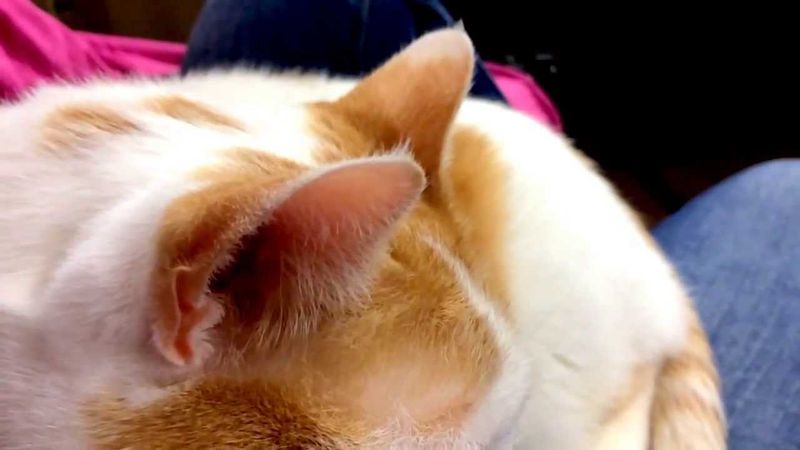
Ear twitching reflects a cat’s alertness and response to environmental stimuli. This subtle movement can indicate curiosity or agitation, depending on context.
Acknowledging their focus by engaging or investigating with them can increase this behavior, as they appreciate your shared interest.
This small gesture of attention underscores the connection, helping you understand their mood and surroundings.
Through this mutual interest, you deepen the bond, exploring the world together from their keen perspective.
Box Hiding
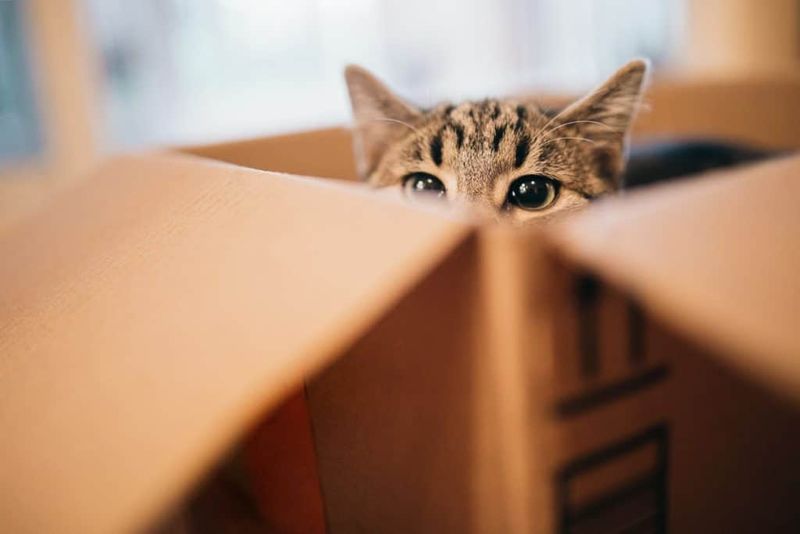
Boxes offer cats a sense of security and adventure, making them irresistible hiding spots. When you acknowledge this behavior by setting up boxes as play or rest areas, your cat’s interest in them can grow. Each box becomes a new fortress or lookout, providing endless entertainment and comfort.
Encouraging this behavior is simple: provide a variety of boxes and change their positions occasionally to maintain novelty. This taps into their natural instincts to hide and pounce, creating an enriching environment.
A well-placed box can become a favorite retreat or ambush spot, sparking your cat’s imagination and playful spirit.
Whisker Twitches
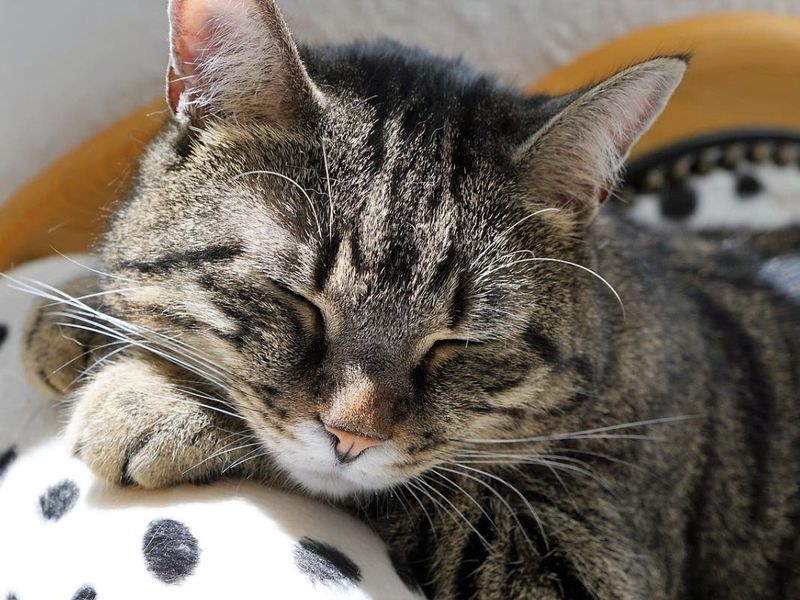
Have you ever noticed your cat’s whiskers twitching when they’re intrigued? Whisker twitching is more than a random movement; it’s a sign of curiosity. When you engage with your cat during these moments, their interest and whisker activity heighten.
Responding to this behavior not only strengthens their curiosity but also enhances their bond with you. Your cat learns that their inquisitiveness is rewarded with attention.
Whiskers are sensitive and serve as a sensory guide, helping cats navigate their environment. Encouraging this behavior can make your feline friend more confident and adventurous.

